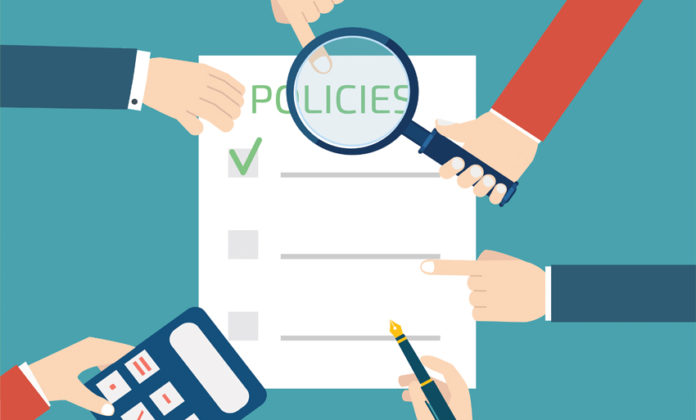Most companies are aware that CoBrowsing can decrease costs and increase customer satisfaction. However, after speaking with a top insurance company, I recently discovered another huge benefit of CoBrowsing – cutting down on the cost of regulation.
This insurance company informed me that it took a significant amount of time to purchase a policy via the phone rather than online. Upon further research, we found that phone agents had to abide by regulation standards that required them to spend roughly 40% of their time reading disclaimers to potential customers.
Unfortunately, these disclaimers are necessary and calls are recorded to ensure adherence to the requirements, including their acceptance by the customer.
Our team did some research and came up with a plan that enables companies to adhere with the disclaimer regulation in a fraction of the time it took via phone:
- A conventional phone call comes into the engagement center
- Upon answering the call, the agent directs the customer to use their computer or mobile device to navigate to a special link
- That link begins a CoBrowsing session between the caller and agent
- The agent assists the customer through the application (including disclaimers)
This unique process allows the disclaimers to be online, with compliance tracking every time the customer clicks “I agree”. In our tests, this drastically cut customer interaction time as the agents spent little time discussing disclaimers, while still being compliant.
Our research also uncovered additional benefits:
- Phone customers easily adapted to the online platform and utilization increased for future claims
- Agents were able to work with their web teams to help improve the self-service customer experience
- The backend systems that the agents were using could be phased out and replaced with computer facing systems
We expect there are additional use cases where regulatory requirements would be greatly improved by moving “offline” phone calls online. We will update our blog as we continue to work with companies to identify these use cases and gather more data on the results.





